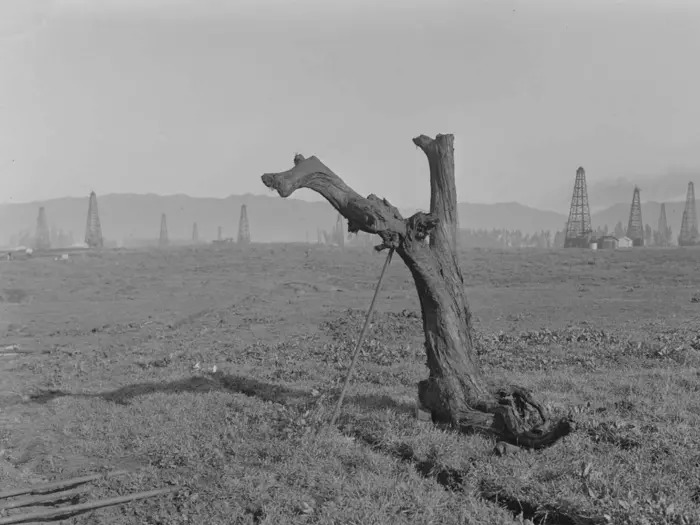Caral Civilization: Elite Woman’s Burial Unearthed Alongside Signs of Intercultural Connections
- Ritambhara K

- May 14
- 3 min read

A group of archaeologists has uncovered the burial of a woman aged between 20 and 35 at the Huaca de los Ídolos, a ceremonial structure within the Áspero archaeological site—an ancient fishing settlement of the Caral civilization (3000–1800 BC), located in Supe Puerto, Barranca province, in Peru’s Lima region.
The discovery was made by the archaeological team at Áspero, part of Executing Unit 003 of the Caral Archaeological Zone, under the Ministry of Culture and led by Dr. Ruth Shady Solís.
This burial is particularly remarkable due to the preservation of soft tissues like skin, hair, and nails—an uncommon occurrence in the region, where typically only bones are recovered.
The woman’s body was carefully wrapped in multiple layers, including cotton textiles, reed mats, and a net containing an embroidered panel adorned with macaw feathers, all placed atop bundles of plant fibers. A fiber headdress with coiled thread bundles was positioned on her head.
The feather-embroidered panel stands out as one of the oldest known examples of featherwork in the Andes. Experts regard the find as a testament to the advanced craftsmanship and specialized artistic techniques developed by the Caral civilization.
Prestige Offerings
As part of the burial offerings, four reed baskets were placed in the lower section along with a decorated needle, an Amazonian snail shell, a toucan beak adorned with green and brown beads, a woolen textile, a fishing net, around thirty sweet potatoes, and various weaving tools, among other items.
In the upper section, archaeologists found three bottle-shaped mats and an additional basket set on a mat made of totora reeds.
The nature of these offerings and the elaborate burial treatment suggest that the woman held a high social status, further supporting the idea that women played prominent roles in this ancient Andean civilization.
A multidisciplinary team is currently conducting research on various aspects, including health, cause of death, diet, and the origins and functions of the artifacts recovered from the site.
Advertisement
The discovery was announced during a press conference as part of the latest findings from two decades of research conducted at the Áspero site. Prior to the start of the research program by the Caral Archaeological Zone, the area had been used for nearly 30 years as a municipal landfill.
Since archaeological efforts began in 2005, Áspero has been transformed into a significant cultural and economic asset. The site now serves not only as a valuable tourist destination but also as a symbol of cultural identity for both the local and regional communities.
Historical context
This discovery adds to other high-status burials previously uncovered in Áspero, including the "Lady of the Four Tupus" (2016), found three meters to the north, and the "Elite Male" (2019), located 1.25 meters further north. Based on their stratigraphic positions, all three burials likely date to the same occupation period. Their close proximity resembles the burial clustering of nobility observed in the later site of La Galgada, in Tablachaca, Ancash.
Áspero, situated just 700 meters from the Pacific Ocean and covering an area of 18.8 hectares, features 22 identified architectural complexes. These structures reflect the social organization of its inhabitants during the early stages of the Caral Civilization. The community primarily focused on marine resource exploitation and engaged in both local and long-distance trade, as evidenced by artifacts originating from the jungle and highlands—pointing to peaceful intercultural exchange networks built on mutual benefit.
Celebrations
In celebration of 20 years of research at Áspero, the Caral Archaeological Zone is hosting Áspero Raymi 2025, scheduled for Friday, May 2, and Saturday, May 3. The event will feature a range of cultural activities designed to reinforce cultural identity, foster a connection with archaeological heritage, and share the social and cultural values of the Caral Civilization. For details about the anniversary events, contact WhatsApp: 955 881 340.



Comments